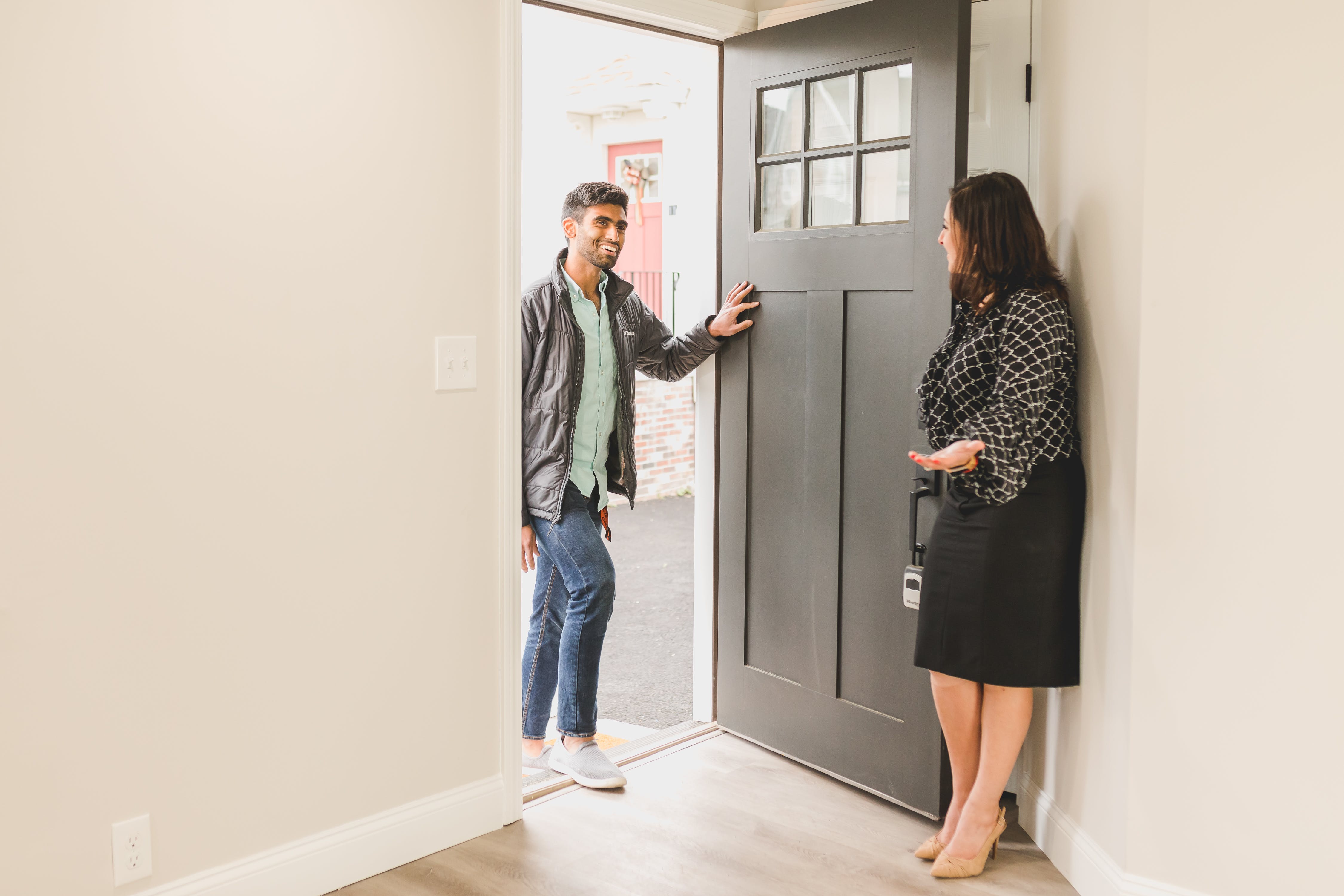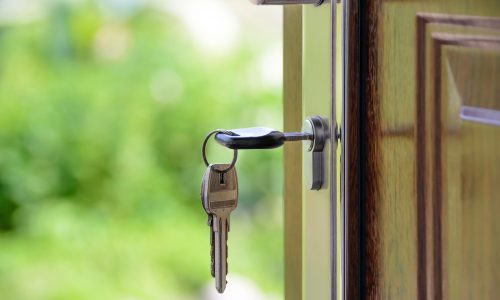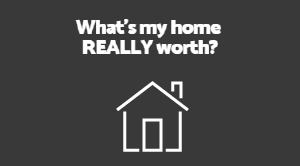-
Lot Size16,118 sqft
-
Home Size1,876 sqft
-
Beds4 Beds
-
Baths2 Baths
-
Year Built1984
-
Days on Market1
Choosing the Perfect Neighborhood–What You Need to Know
- Real Estate Tips
- February 7, 2024

Whether you’re moving across town or across the country, knowing what to look for in a neighborhood is the key to finding not just a house, but your dream home. Here’s what you need to know to make an informed decision.
Lifestyle Needs
Understanding your lifestyle needs is the first step in honing in on the right neighborhood. Are you a young professional looking for a vibrant, urban area with great nightlife and public transportation at your doorstep? A family looking for a quiet, suburban neighborhood with great schools and lots of parks? Take some time to honestly reflect on what you’re really looking for in a neighborhood and how it fits your lifestyle.
School Districts
School quality is a top priority if you have kids. Start your research with Niche rankings, or visit GreatSchools.org. That said, even if you don’t have kids, living in a neighborhood with happy and successful children (who will grow up to be the Doctors and SpaceX engineers of tomorrow) doesn’t hurt the long-term value of your investment, either.
Safety and Crime Rates
Of course, safety comes first. Run the crime rates in any neighborhood you’re interested in. Most police departments now post their crime statistics online. You can also take a look at websites that offer crime maps based on various types of offenses. Keep in mind that no place is crime-free, but by studying these maps, you can pinpoint the sort of crimes that occur and their frequency in the area.
Local Amenities and Services
Local amenities and services can play a big part in your overall happiness and quality of life. Are parks important to you? Gyms? Grocery stores? What about restaurants, hospitals, and pharmacies? No matter what’s on your checklist, you’ll want to spend time exploring prospective neighborhoods and seeing how they stack up.
Daily Travel Time
Sometimes, the difference between loving a neighborhood and hating it doesn’t come down to anything profound–it’s the little things, like daily travel time. How far is this neighborhood from your workplace? What are your transportation options? Living near major highways, for example, or on an access road to public transit, can greatly increase your flexibility and reduce your daily travel time. All those extra minutes make it easier to try out that new restaurant or spend a Saturday at the park.
The Local Real Estate Market
Before making the decision to purchase a home, it’s important you fully understand the local real estate market. You should learn everything from what the average home in the area is selling for to whether or not property taxes are likely to rise. Information like this will not only help you budget accordingly but will also give you a good idea of the potential long-term value of your investment. It also makes a lot of sense to contact a local real estate agent. A good agent can provide you with an in-depth knowledge of the local markets, including valuable insight into the neighborhoods that match your lifestyle, saving you precious time and frustration.
Home Is Where the “Right” Neighborhood Is
Ultimately, choosing the right neighborhood is a combination of research, self-examination, and a clear understanding of your priorities. By considering your lifestyle needs, researching school districts, evaluating safety and crime rates, learning about local amenities and services, and understanding the real estate market with the help of a knowledgeable realtor, you will be able to make an informed choice. The perfect neighborhood is not just about the location–it’s about finding a community in which you and your family can thrive.










